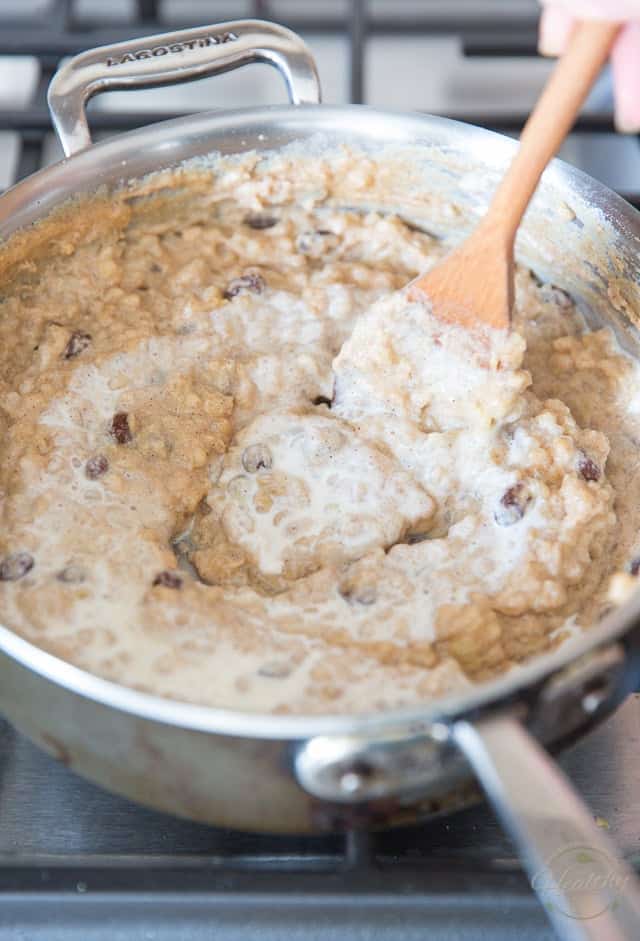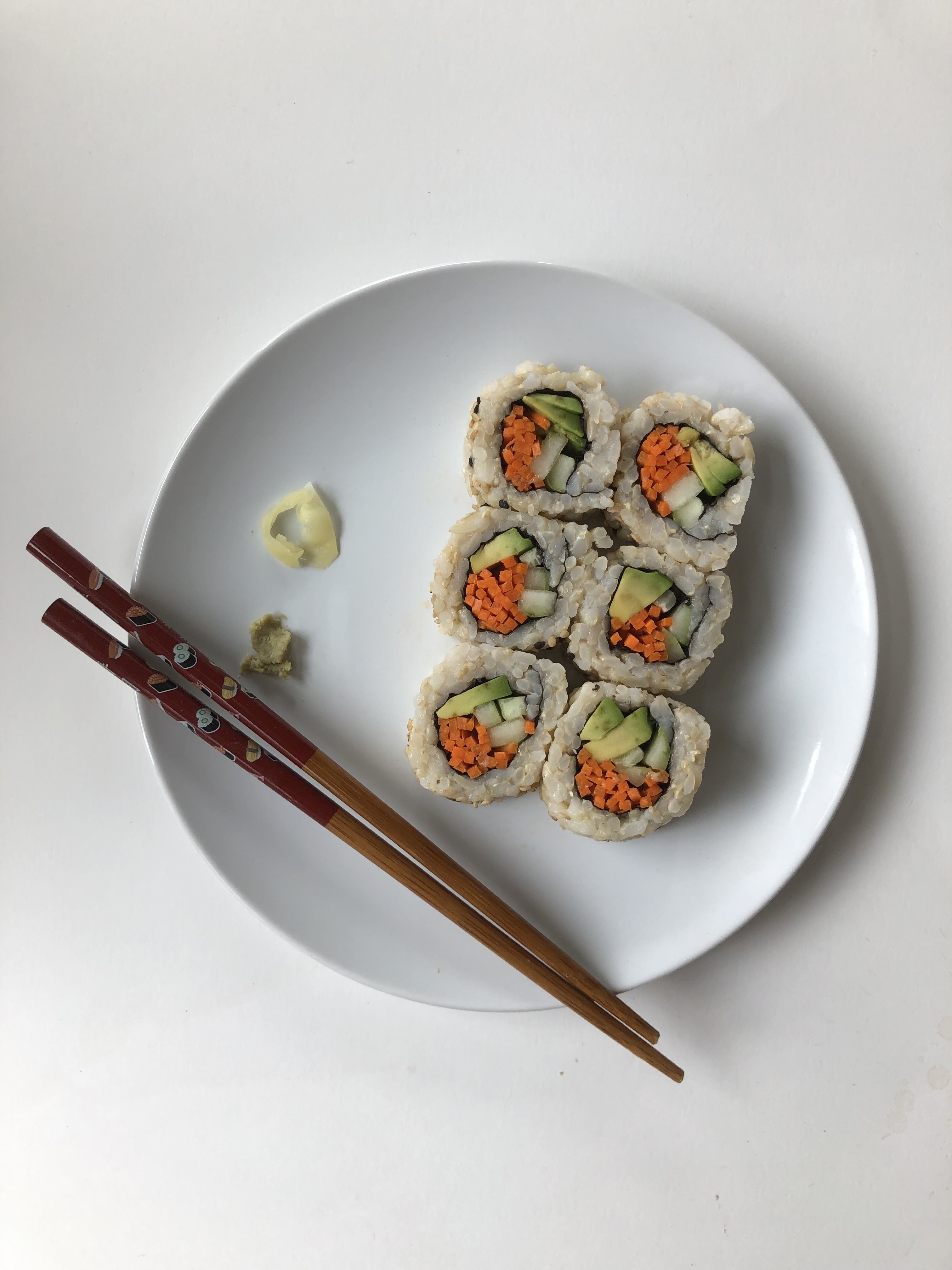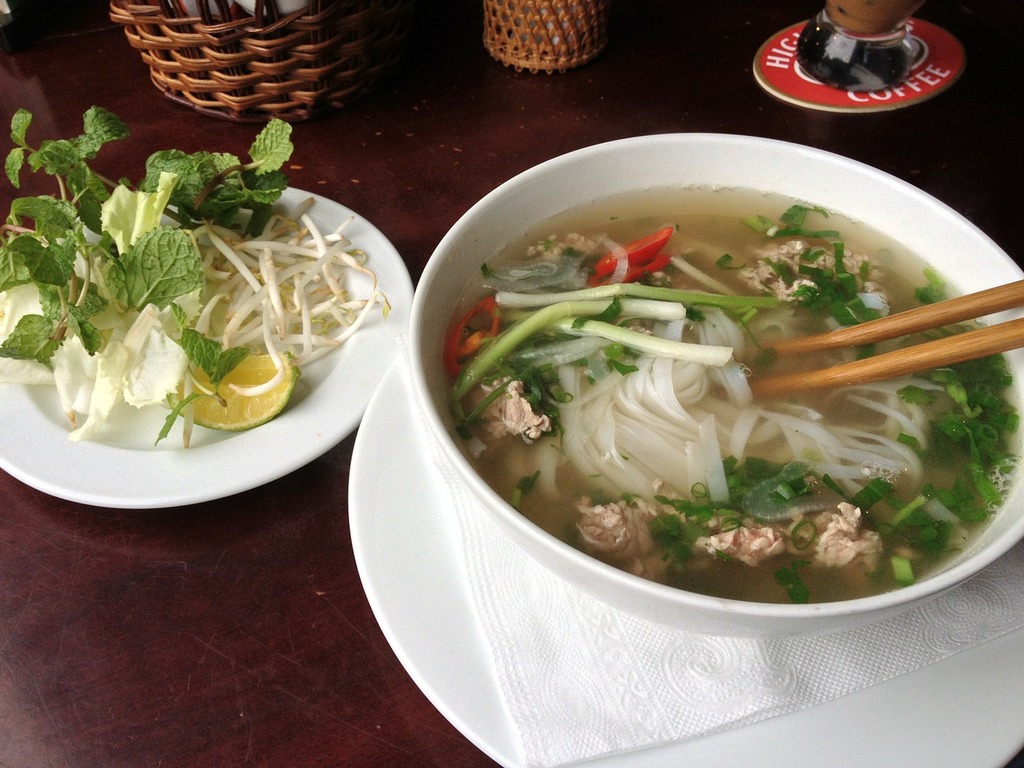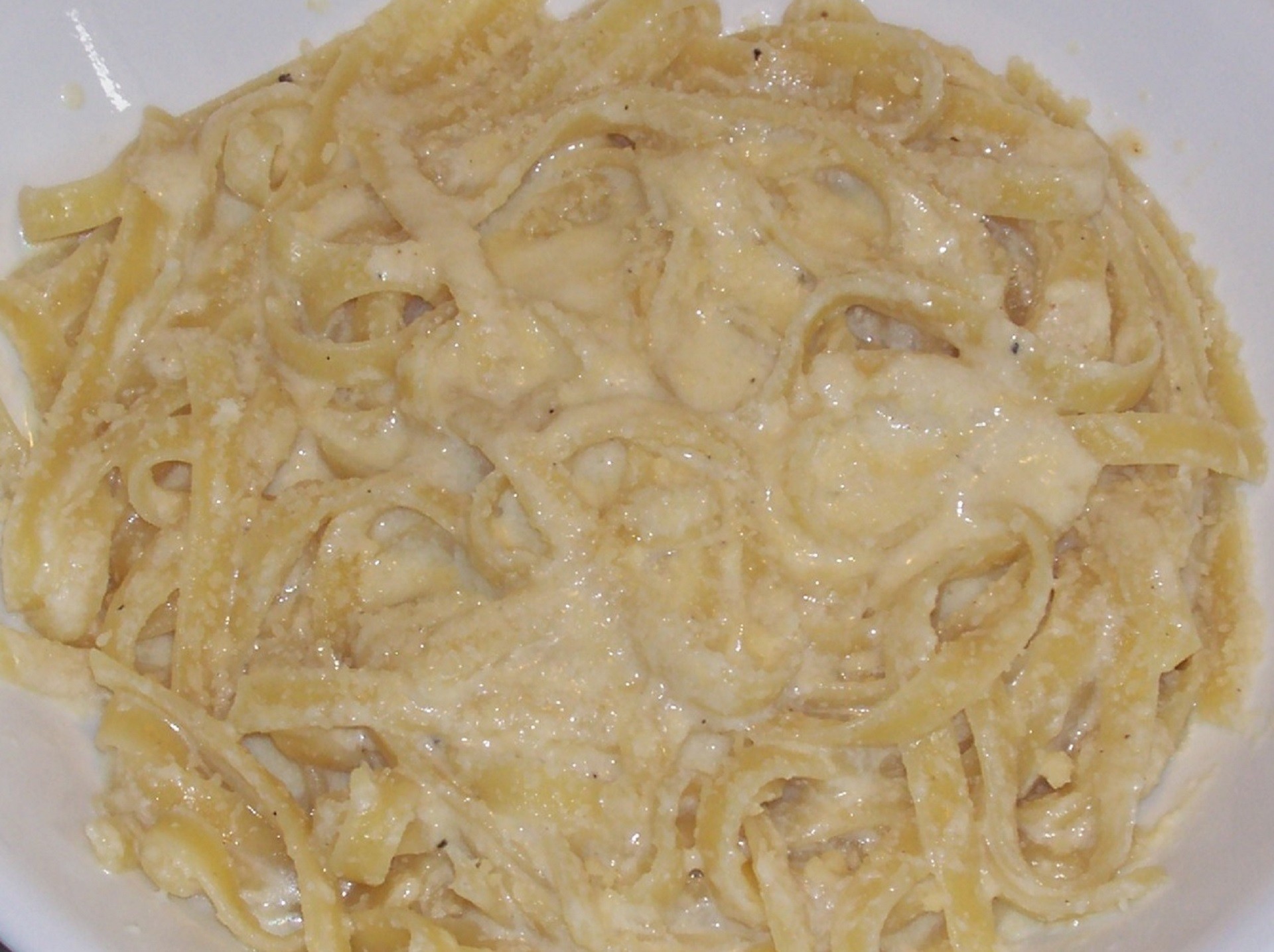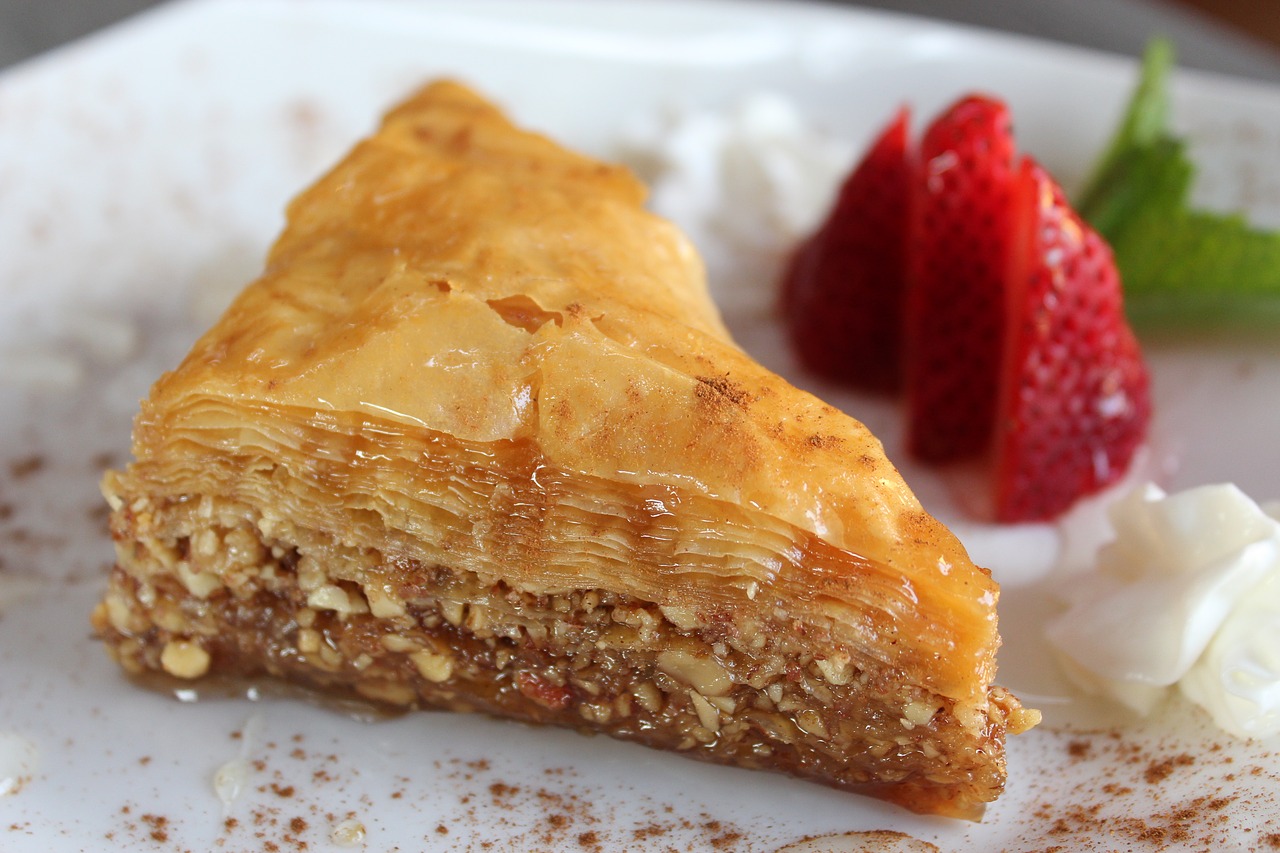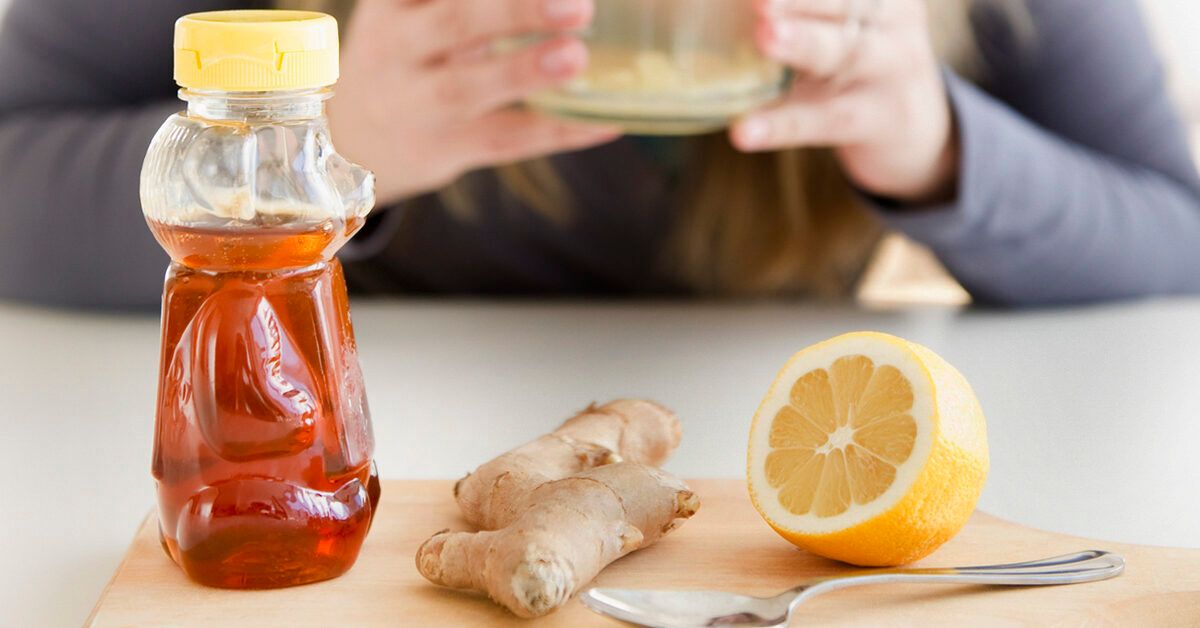
Introduction:
Experience the delightful flavors of Thailand with this mouth-watering Thai Mango Sticky Rice Recipe. This traditional dessert combines the sweetness of ripe mangoes with the creaminess of coconut-infused sticky rice, creating a delicious and exotic treat that will satisfy your sweet tooth.
Origin and History Of This Recipe:
The Thai Mango Sticky Rice Recipe, also known as “Khao Niew Mamuang,” has its origins in Thailand, where it is a popular dessert enjoyed during the mango season. This dish is believed to have originated in Central Thailand and has since become a beloved delicacy enjoyed throughout the country and beyond.
Things To Expect In This Post Article:
In this post, we will be discussing the origins and history of the Thai Mango Sticky Rice Recipe, providing a detailed list of ingredients, step-by-step preparation instructions, cooking time, servings, nutritional information, health conditions and people to avoid, benefits to the body, disadvantages, tips and tricks, equipment needed, variations or substitutions, serving suggestions, and storage and reheating instructions.
Ingredients List:
- 1 cup glutinous rice
- 1 can coconut milk
- 1/2 cup sugar
- 1/2 tsp salt
- 2 ripe mangoes
- Toasted sesame seeds (optional) for garnish
Preparation Steps:
- Soak the glutinous rice in water for at least 4 hours or overnight.
- Drain the rice and place it in a steamer lined with muslin cloth. Steam the rice for 20-25 minutes until cooked.
- In a saucepan, heat the coconut milk, sugar, and salt over medium heat until the sugar dissolves.
- Pour half of the coconut sauce over the cooked rice and let it sit for 10 minutes.
- Peel and slice the mangoes.
- Serve the sticky rice topped with the sliced mangoes, drizzle with the remaining coconut sauce, and garnish with toasted sesame seeds.
Cooking Time & Servings:
This recipe yields 4 servings and takes approximately 30-40 minutes to prepare.
Personal Touch:
I first tried the Thai Mango Sticky Rice Recipe during a trip to Thailand and instantly fell in love with the harmonious combination of flavors. Recreating this dish at home brings back fond memories of my travels and allows me to share a taste of Thailand with my loved ones.
Nutritional Information:
- Calories: 350 per serving
- Fat: 10g
- Carbohydrates: 60g
- Protein: 3g
Health Conditions And People To Avoid This:
Pregnant women, individuals with diabetes, and those with gluten sensitivities should avoid consuming this dish due to its high sugar content and gluten.
Nutrition and Benefits To The Body:
- Glutinous rice provides a good source of energy and helps regulate blood sugar levels.
- Coconut milk is rich in healthy fats that support heart health and boost metabolism.
- Mangoes are packed with vitamins A and C, which strengthen the immune system and promote healthy skin.
Disadvantages:
- Excessive consumption of coconut milk can lead to elevated cholesterol levels.
- Overindulgence in sticky rice may cause a spike in blood sugar levels.
Tips and Tricks:
For a creamier texture, use freshly squeezed coconut milk instead of canned. You can also add a pinch of salt to enhance the flavors of the dish.
Equipment Needed:
Steamer, muslin cloth, saucepan, serving bowls.
Variations or Substitutions:
You can replace glutinous rice with jasmine rice for a lighter version of this dessert. Additionally, you can use honey or agave nectar as a sugar substitute for a healthier alternative.
Serving Suggestions:
Serve the Thai Mango Sticky Rice chilled for a refreshing dessert or warm for a comforting treat. You can also add a sprinkle of toasted coconut flakes for extra flavor and texture.
Storage and Reheating Instructions:
Store any leftovers in an airtight container in the refrigerator for up to 2 days. To reheat, microwave the sticky rice for 30 seconds to 1 minute or enjoy it cold.
Conclusion:
Indulge in the exotic flavors of Thailand with this delectable Thai Mango Sticky Rice Recipe. Whether you’re a fan of tropical fruits or looking to explore new culinary traditions, this dessert is sure to impress your taste buds. Give it a try and let us know how it turns out!
Frequently Asked Questions (FAQs):
Q: Can I use regular rice instead of glutinous rice?
A: Glutinous rice is essential for the sticky texture of this dish, but you can try using jasmine rice as a substitute.
Q: Is it necessary to soak the rice before cooking?
A: Soaking the rice helps it cook evenly and absorb flavors better, so we recommend soaking it for optimal results.
Q: Can I use canned mangoes instead of fresh mangoes?
A: Fresh ripe mangoes are recommended for the best taste and texture, but you can use canned mangoes if fresh ones are not available.
Q: How long can I store the Thai Mango Sticky Rice in the refrigerator?
A: Leftovers can be stored in the refrigerator for up to 2 days, but it’s best enjoyed fresh.
Q: Can I freeze the sticky rice for later use?
A: Freezing may alter the texture of the dish, so we recommend enjoying it fresh or storing it in the refrigerator for a short period.
Q: Can I add other fruits to the sticky rice?
A: Feel free to experiment with different fruits like pineapple or passion fruit to create your unique twist on this traditional dessert.


